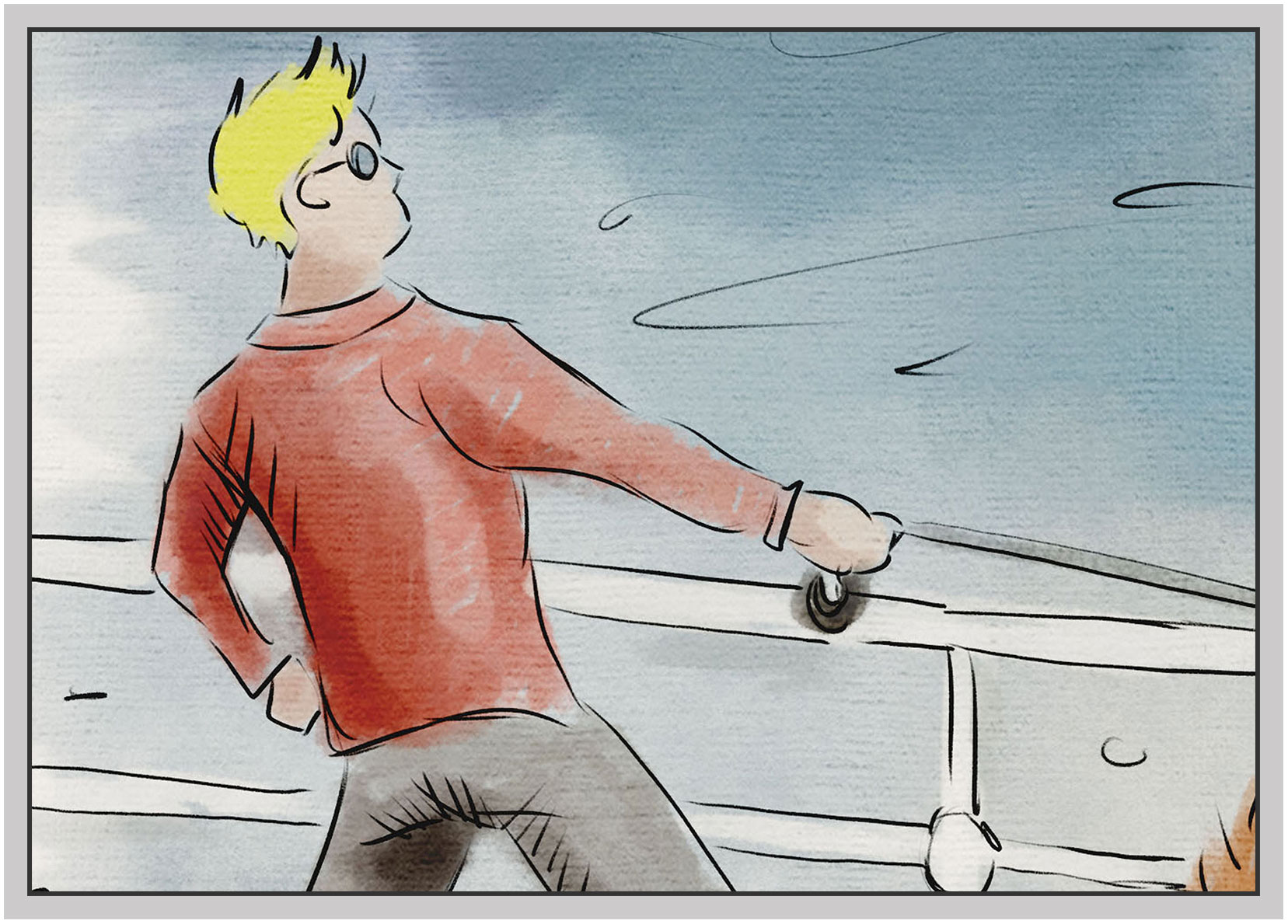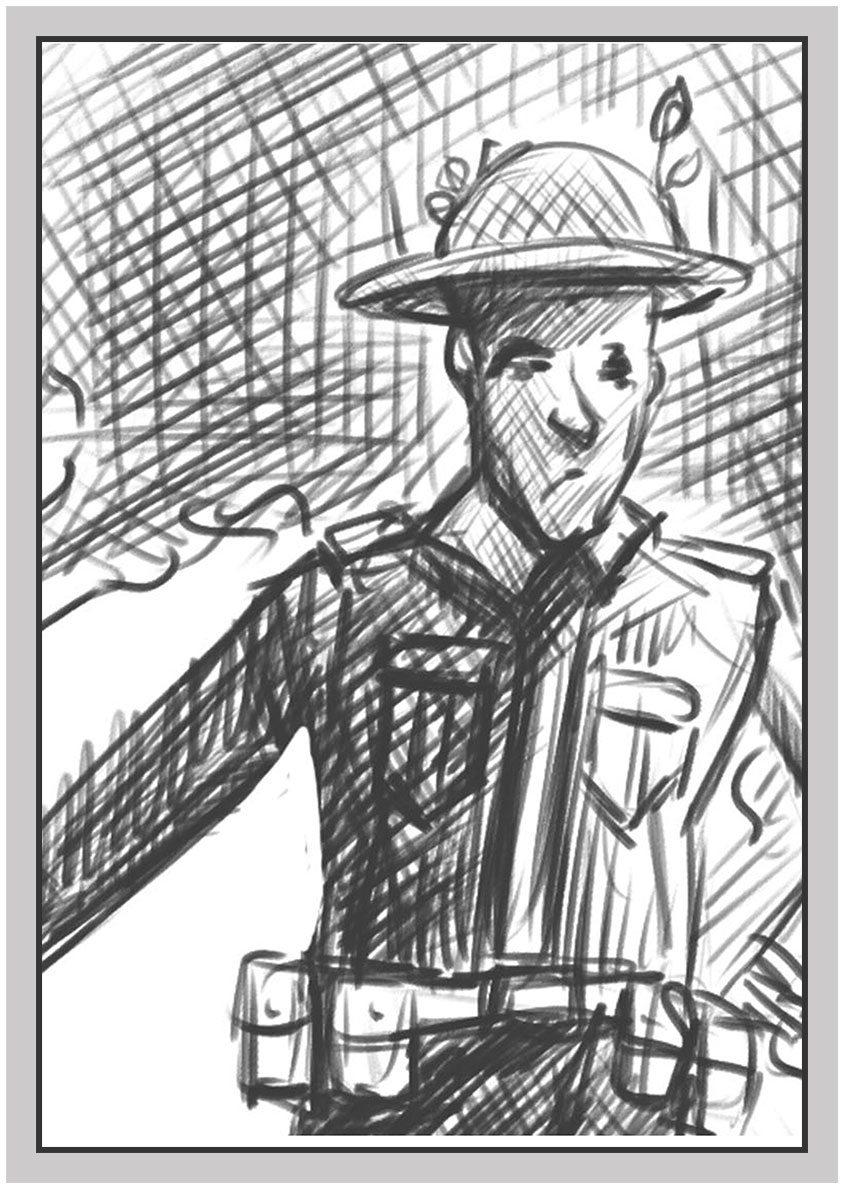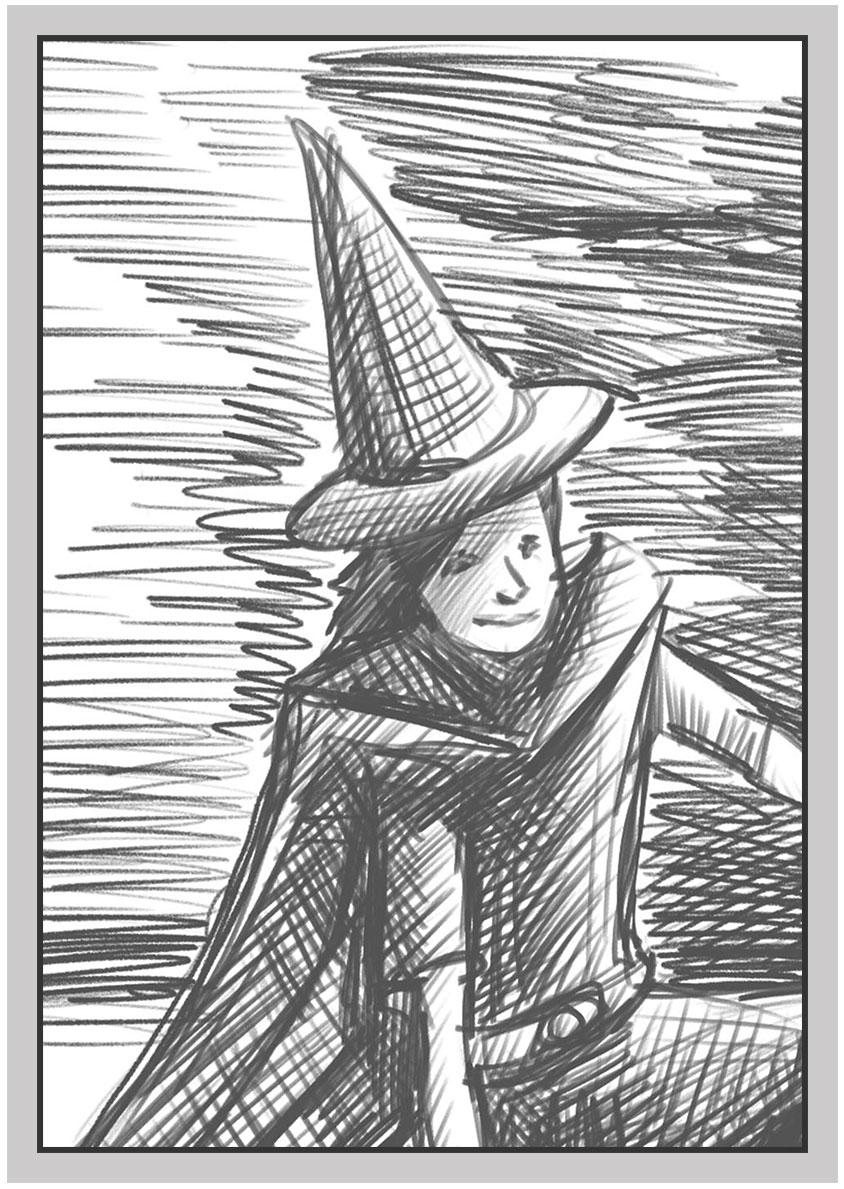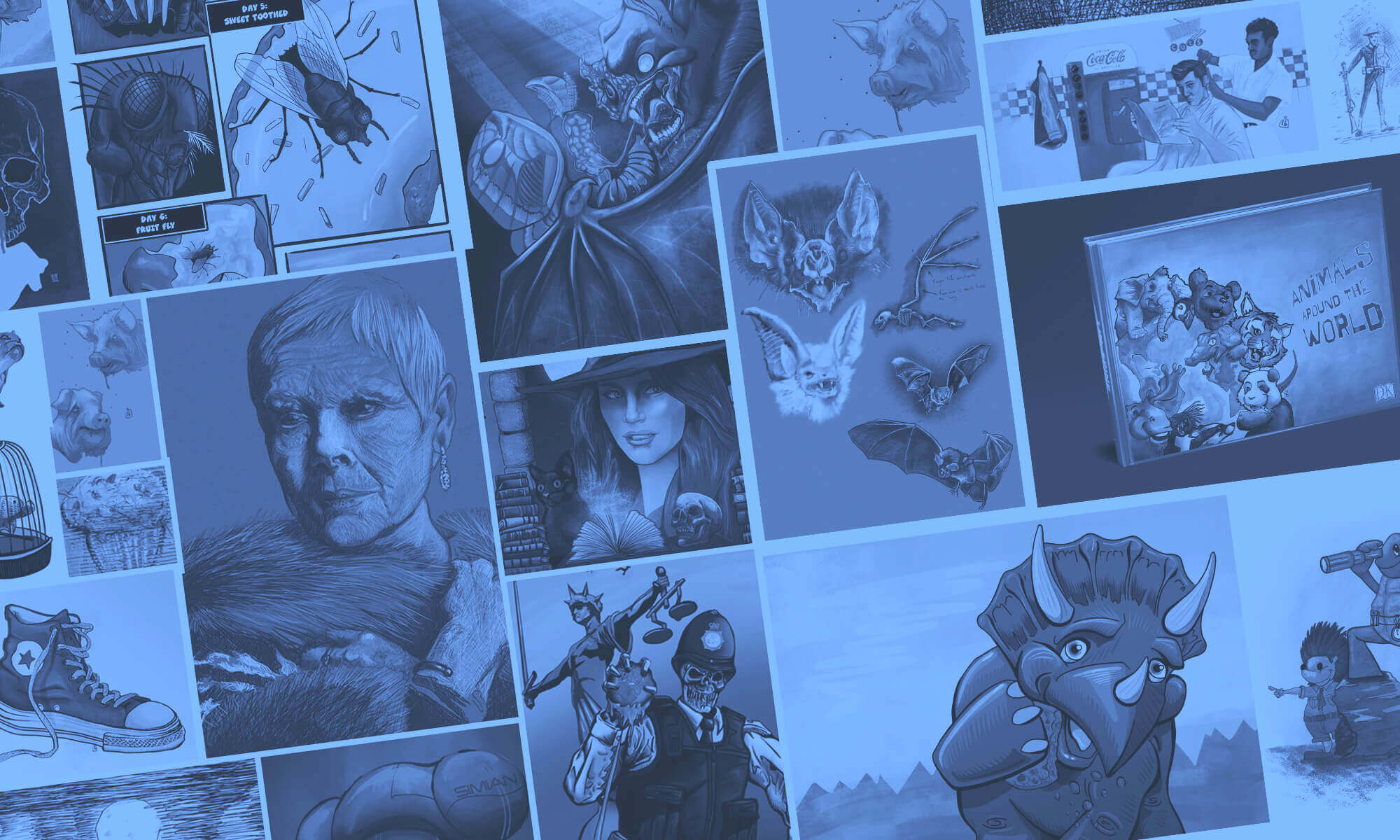Edward Ardizzone
Through Edward Ardizzone’s career he was a painter printmaker and official wartime artist, he started working in advertising and then moved onto children’s books, from the examples I have found his illustrative style fits in nicely with children’s material, with a very playful almost comical approach to the characters in his work, even the more serious pieces documenting WWII have a light-hearted feel to them, at a guess I’d say this was an intentional choice, portraying the situations with a hopeful rather than bleak tone.
Some of his earliest works I found had a more grounded serious feel to them so his intention and motivation seem clear.

His work does have an old fashioned feel to it, this could be the subject matter more than the actual style, he uses broken lines to describe form much like more modern children’s illustrators such as Quentin Blake and Tony Ross who seem to use their lines in a similar broken messy way, so I think his work if done today wouldn’t look out of place at all. Where he does seem to stand out and the reason I chose him from the list was his use of the cross-hatching technique.

Edward Ardizzone demonstrated an amazing sense of lighting in all his pieces, the cross-hatching creates some very interesting textures and renders the characters and environment, up close it seems like chaos but when viewed as a whole it looks perfectly placed I really liked the way he used this technique to describe the form of his characters.

The examples I found seemed to mainly use two techniques, line and water colour wash and lithograph printing, the lithographs using the cross-hatching technique for the children’s books and his war art seems to be where he favors the line and wash technique.
Even with his line and wash pieces he still had that sense of lighting and form without using cross-hatching, using tone and hue to bring life to his loose line work.
